What is distributed tracing and why does it matter?
Dynatrace
DECEMBER 23, 2020
Distributed tracing follows an interaction by tagging it with a unique identifier, which stays with it as it interacts with microservices, containers, and infrastructure. It can also offer real-time visibility into user experience, from the top of the stack right down to the application layer and the large-scale infrastructure beneath.




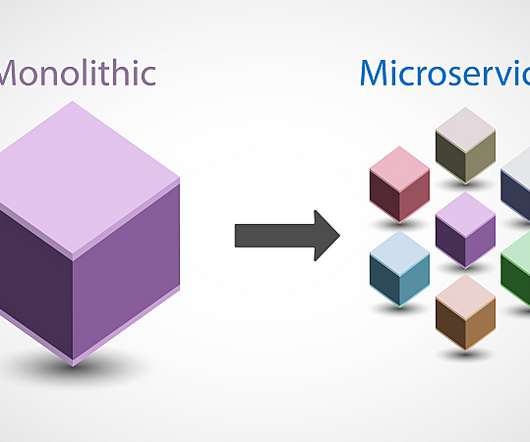

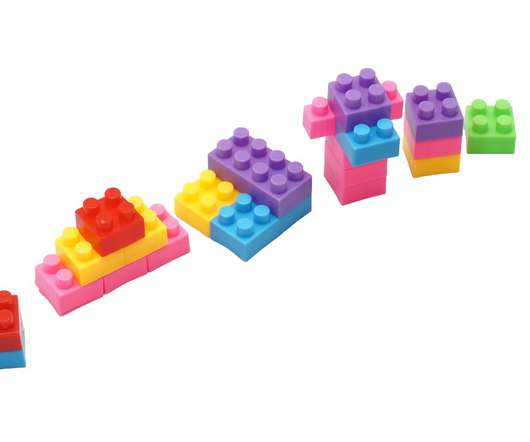




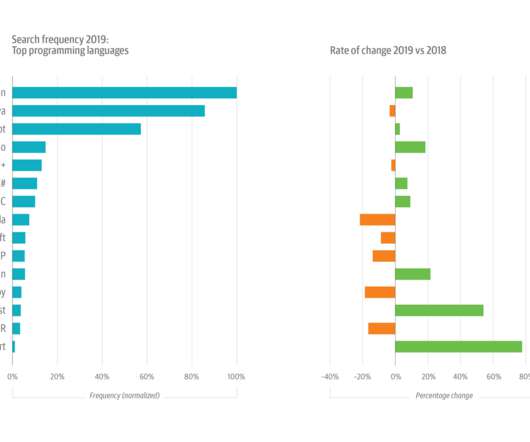
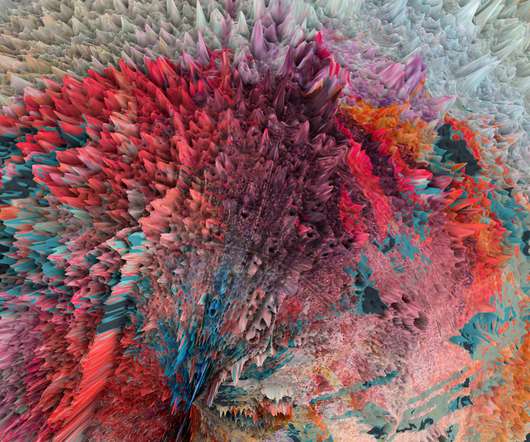


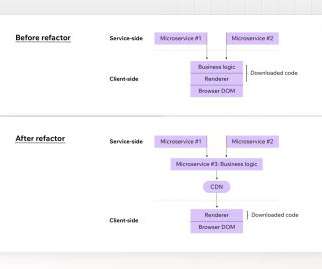








Let's personalize your content